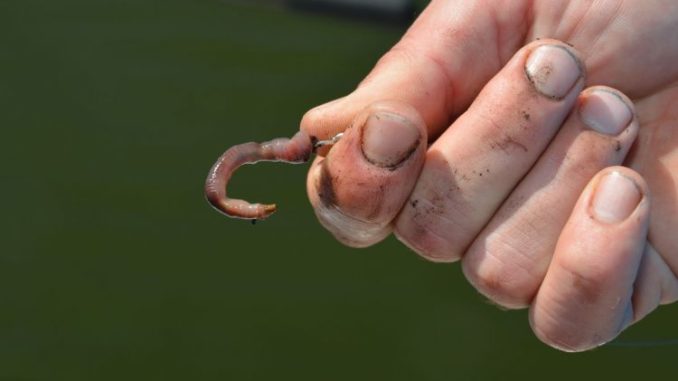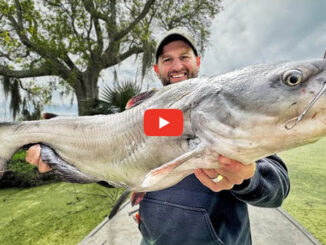
The preferred bait for all of Rudy and Larry Roussel’s catfishing were Canadian nightcrawlers, often called “cold worms” in bait shop lingo.
These are big fat worms, so they most often put only a quarter to a half of a worm on the hook. “Use smaller pieces when they are biting good,” tutored Rudy. “When they aren’t biting good, you have to give them something to eat.”
They have tried other baits. Catalpa worms performed poorly for them. Crawfish and shrimp tails were only marginally better. “Don’t buy red wigglers,” commanded Larry.
“They are too hard to get on the hook,” explained Rudy.
“But when we catch a bream we cut it up for bait. Worms are better, but bream skin is so tough that you can use the same bait over and over again.”
Both men put their bait on the hook by threading it through the worm, rather than zig-zagging it on the hook. It wasn’t pretty and it sure wasn’t natural-looking.
“Catfish really can’t see real good,” chuckled Rudy, “so it doesn’t matter and threaded on, they stay on the hook so much better.”
“They really feed more by smell than sight,” agreed his father.
